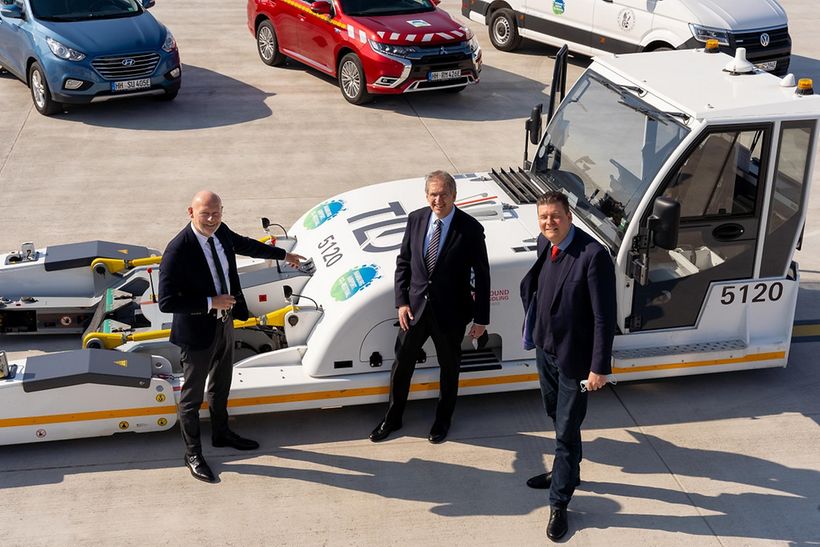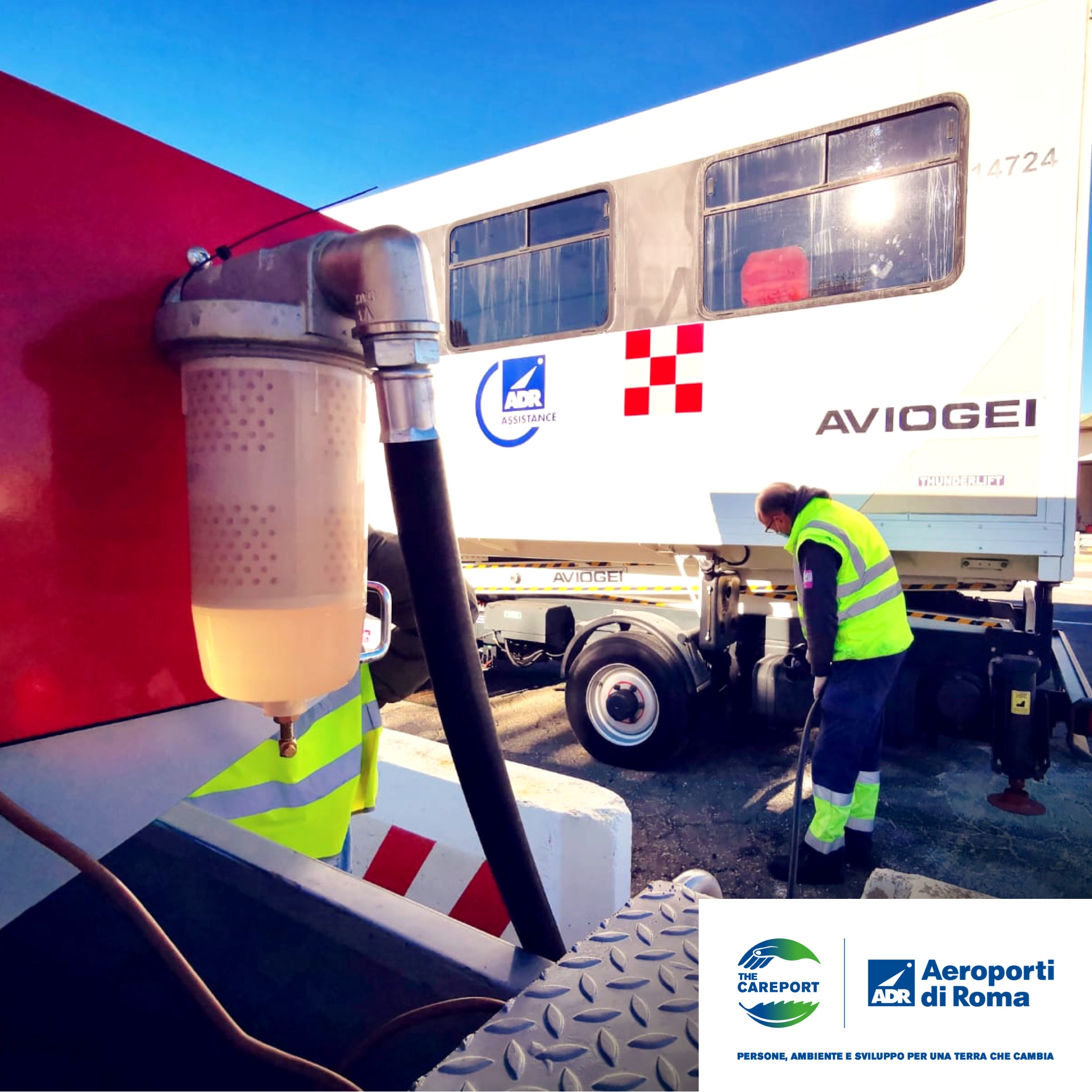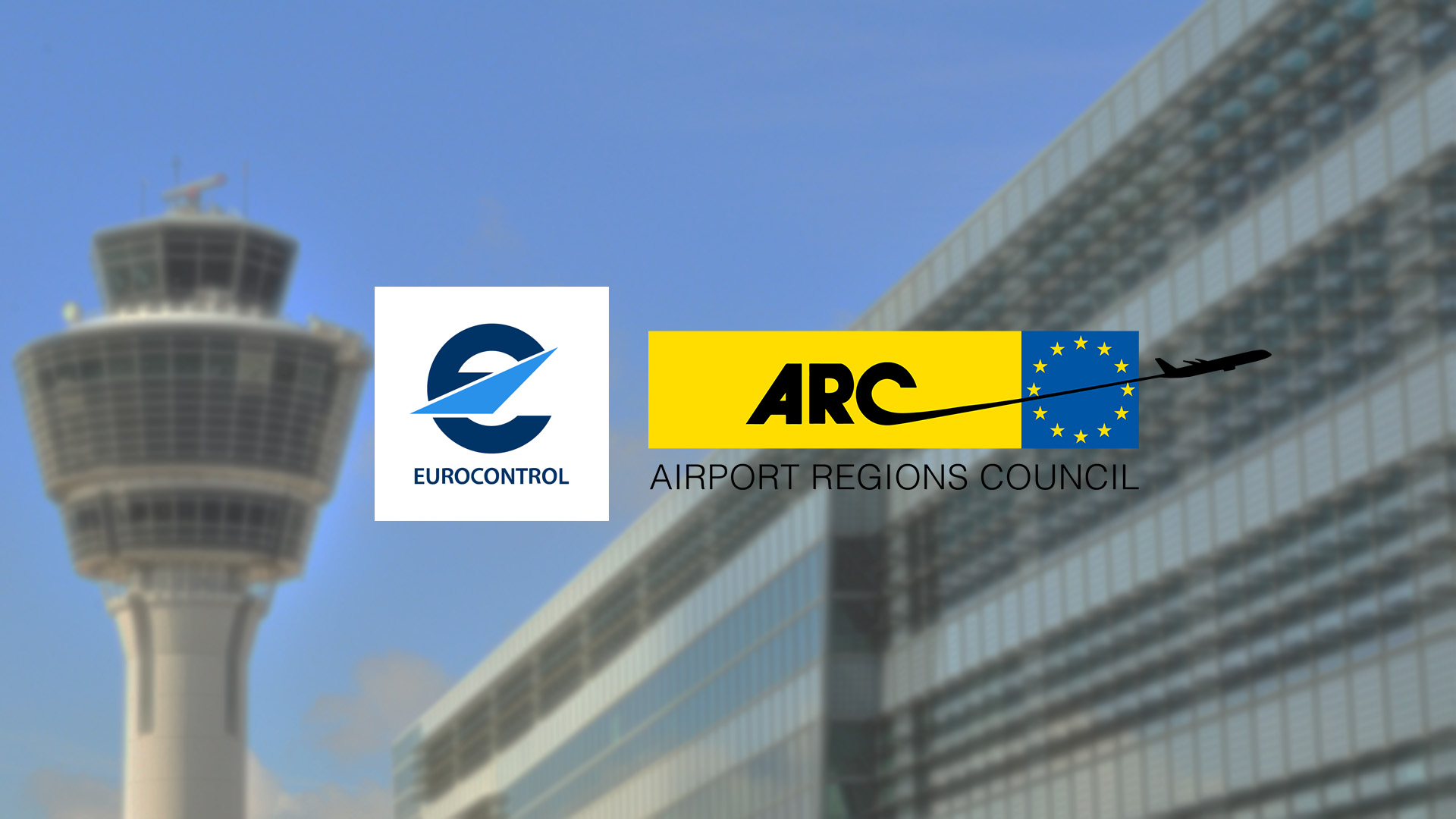Are Sustainability and Growth Compatible in Air Travel Today?
- By Yann Cabaret CEO of SITA FOR AIRCRAFT, SITA
The current turbulent economic environment is undoubtedly adding fresh challenges for aviation, an industry still recovering from the devastating impacts of COVID-19. Operating on reduced margins and with an ambitious carbon net-zero goal by 2050 to achieve, can the industry feasibly ensure its success and long-term growth post-pandemic?
We believe that growth and an environmentally sustainable industry are not mutually exclusive, but to achieve both, we need to start now.
Aviation’s Recovery and the Benefits to the Global Economy
SITA data shows that the industry’s recovery in 2022 is underway: in 2021, global air traffic was at 64% of pre-COVID levels for 2019, but still up 18% on figures for 2020. The signs are encouraging for 2022 and beyond. But what is also clear is that airlines face another year of dealing with adverse economic shocks, placing increasing pressures on their costs and activities. In 2021, the pandemic’s impact resulted in losses of over $51.8 billion for airlines, though significantly less than in 2020 when the pandemic first swept the world.
In particular, we have seen a significant surge in fuel prices, one of an airline’s biggest costs. The average price of jet fuel in April 2022 is 118.5% higher year on year, an additional $108.4 billion burden on our industry.
Given aviation’s contribution to the global economy –contributing some $3.5 trillion to the world’s global domestic product (GDP) – the industry must still plan its recovery and growth without negatively impacting the environment.
Sustainability Is Not New or Prohibitive for Aviation
The industry’s carbon net-zero by 2050 commitment (made in 2021) is challenging but inevitable to address climate change at the pace and scale required by climate science and to counteract any growth in the industry’s emissions in the future.
Reducing environmental impacts is not new for aviation or prohibitive to the success or growth of the industry. For many years, aviation has addressed its environmental impacts, including air quality, noise, and emissions.
IT Is Enabling Sustainability and Recovery
We see an industry now looking to use technology to build back better and greener following the pandemic. SITA’s latest Air Transport IT Insights study reveals that the industry is planning for its future by investing in technology to support both its recovery and sustainability efforts. Some of the investment drivers will respond to rapid shifts in passenger traffic and travel regulations, the anticipated rise in demand for travel, increasing operational efficiencies to make cost savings, and reducing carbon footprint.
Airports’ and airlines’ IT spending priorities are focused on improving the passenger experience with more digitally enabled journeys and more sustainable operations with energy efficiencies, smarter infrastructure, and solutions such as data-driven flight path optimization to enhance route efficiencies and reduce fuel burn and carbon.
To simultaneously boost post-pandemic economic recovery and sustainability, many governments provide economic green stimulus programs such as private sector investments to develop a new green technology market.
The Growth Opportunities for Airports and Airlines Today
The rising fuel price is likely to be a catalyst to drive a faster move to more sustainable fuel sources. Though sustainable aviation fuels (SAF) and new energy-efficient aircraft and engines are two primary ways for the industry to cut carbon emissions and its reliance on fossil fuels, they cannot be widely achieved today given availability and affordability issues.
Operational improvements are a primary measure to enable the industry to directly and more immediately reduce their emissions by up to 10% – efficiencies that can be achieved through today’s technology.
For example, airports can process their passengers swiftly, even enabling remote check-in before arrival, by deploying passenger processing and self-service technology. This enables airports to maximize their existing investment without having to invest to expand their physical footprint.
Using technology to leverage data for greater situational awareness and more informed decision-making is key to realizing efficiencies and emission reductions. For example, SITA is trialing a new emission management capability, leveraging our Airport Management solution, to enable Palermo Airport to improve the measurement and optimization of emissions in and around the airport.
We are also helping airlines improve situational awareness and reduce fuel burn, emissions, and costs while building climate resilience by integrating our eWAS Pilot and OptiFlight applications. The results are immediate and concrete. Climb fuel savings of 5% are possible for each flight without affecting passenger safety or comfort.
The financial pressure on the industry may just be the catalyst to making lasting changes for a more environmentally-conscious industry without losing the economic benefits of a strong airline sector.
This article was originally published by SITA.















